It takes two, baby! (But not really)
EA’s indie line of games tends to showcase some very clever ideas that the publisher’s triple-A line-up lacks. You have these risk-taking endeavors with outlandish ideas all free from the constrictions of focus testing and market research. Each title, so far, has been a hit in one way or another and has made jaded gamers stand-up and take notice of the efforts EA does bring to this industry.
A surprise at E3 2018, Unravel Two is the sequel to the hit indie platformer Unravel. The big change, this time, is the introduction of cooperative play that allows you to bring a friend along for the journey. While this should be a logical extension of the original formula, the co-op doesn’t always make sense or gel that well with the puzzles.
Unravel Two has a beautiful presentation, but it really is lacking in challenge and breadth.

Unravel Two (PC, Xbox One, PS4 [reviewed])
Developer: Coldwood Interactive
Publisher: Electronic Arts
Released: June 9, 2018
MSRP: $19.99
Unravel Two begins with your main character, Yarny, getting tossed about on the ocean on his ship. Fortune doesn’t favor our protagonist, and they get tossed overboard. Eventually, Yarny wakes up in some forest near a trunk that happens to contain a second Yarny. Seeing as how the magical yarn once in Yarny’s possession has broken, the two of you decide to team up together to find your way home. What follows is a journey through seven differently themed levels that take a surprisingly dark turn for a game with such cute visuals.
The main gist of Unravel Two is fairly similar to the original game’s concept. Your character is made of yarn and you’ll use lose strands to attach to various bits in the environment. This allows you to climb things, create a trampoline or swing about from point to point. The real shake-up is the introduction of a second player, meaning some gaps will require swinging each other across or the two of you will need to coordinate to push a platform while the other jumps.
The first level is, understandably, basic. It quickly gets you up to speed on how the game plays and what the general flow will be like. Each level presents a series of obstacles that ramp up with a gradual difficulty curve before culminating in an intense chase scene or platforming challenge. The controls get explained with on-screen prompts and you’ve given some pretty safe situations to try out how Yarny controls and moves.
It doesn’t come into effect early on, but the controls are a bit sluggish. I suppose Unravel Two is trying to go with a physics-based model or platforming, but Yarny is a bit slow with jumping and often has problems swinging around from point to point. Your momentum can be changed on a dime, which leads to scenarios where you’ll be flinging Yarny around and expecting it to circle back, but it just stops dead in the air and drops like a brick.
That being said, adjusting to the weird physics isn’t so bad for the first few levels. Everything moves along at a lethargic pace and the game almost takes on a peaceful quality. More often than not, though, the challenges are bereft of thought and kind of just play on auto-pilot. Bringing along my friend for the ride, any bit where I may have been stumped had him coming up with the solution and us just cruising through with no roadblocks. The two of us were in sync and our main problems came from the finicky controls.
One of mechanics is the ability to hold onto your length of yarn by holding L2. For some reason, both players can do this and dictate that ability for each other. A lot of the time, my friend would be winding up to fling himself across a gap, but I wouldn’t know that and would keep holding L2. He’d then flip over me and we’d have to restart the process. You eventually learn to adapt to that, but it certainly leads to a lot of confusion.

It wouldn’t be so noticeable, though, if the level design actually offered unique challenges. While the theme for the backdrop of each level will change, the actual puzzles you’ll be solving are pretty much the same throughout. One person pushes a block, the other jumps over a ledge to wrap their yarn around and then the first player climbs up. More often than not, you don’t even need the second player to tackle the game. My friend and I kept joking about how player two can just sit around not playing the game and have player one take over.
This is actually incorporated into a mechanic where the two Yarny’s can combine with each other. This was clearly done to facilitate solo play, but it does highlight how the ideas behind these puzzles aren’t really being pushed. The first four levels are so similar with concepts that they just drag on for what feels like an eternity. Co-op is nice and all, but when 70% of the puzzles are solvable with a single Yarny, I begin to wonder why multiplayer is even present.
The game does eventually reach a point where everything starts to click, at least. Level five and six are show stealers, easily showcasing how co-op can work to elevate the basic idea of Unravel. These two levels not only feature some incredible visuals and music, but they present real challenges that require brainpower to overcome. My friend and I both got stumped at times, but the real testament to their quality is that even we couldn’t come up with things to complain about. The two of us like to bitch about a lot of things, but we were mostly silent and working in unison, focusing on the puzzles and just enjoying each moment.

The controls are still a bit stiff and not every puzzle is an evolution of concepts being introduced, but these two levels represent the only times when cooperative play feels like a must. I can’t imagine doing some of these challenges alone and I’m happy I spared myself the anguish of even attempting to do so. That being said, I did test out the solo play on a couple of the unlockable challenge maps and I’m utterly confused by how the controls work.
You don’t control both Yarny’s at the same time, but rather with a quick press of Triangle. This lets you swap between them and you can combine them (much like in multiplayer). The thing, though, is that puzzles with reaction based timing become an exercise in frustration due to that split second window where you aren’t in control. Swapping between each Yarny is not as intuitive as it might sound and it leads to utter befuddlement when the camera is panned out and you lose track of which color you are.
Most of the game shouldn’t give you any issues if you’re going in solo. The puzzles are far too lenient with incredibly frequent checkpoints to really tax you that much. You also just have puzzles that generally feel like they were made for a single person before co-op was included.

What I do appreciate is the push for inclusivity with Unravel Two. My friend and I have played far too many games for this to be challenging, but there are bound to be people that will get stumped. Instead of just hitting a brick wall and ending your playthrough, Unravel Two offers a very generous hint system that will slowly spell out the solution to a challenge for you.
It reminds me a lot of Professor Layton in that each hint is vague enough so as not to outright explain what to do. There is even a slow-motion option for people with bad reaction times, letting you time jumps with far more leniency. Unravel Two caters to that and even lets you turn off these extra options so you don’t accidentally utilize them. It’s reminiscent of Nintendo’s “Super Guide,” just without seizing control from the player.
Even with those options removed, though, Unravel Two doesn’t realize its full potential. The puzzles become repetitive, the game sticks to a single formula for every level and it just feels lightweight. It thankfully doesn’t waste your time, at least. Your first playthrough should only take around four hours and even completing all of the challenge maps will probably only take another two. Unravel Two might drag in terms of pacing, but it still doesn’t demand you spend an eternity to see it all.
I don’t regret having played this, but I do wish it was better. I love playing co-op games and I was excited by the idea of this minimalist platformer giving me an experience to bond over. Sadly, we both were pretty much in agreement on the final outcome. Unravel Two just doesn’t quite have what it takes to be special.
[This review is based on a retail build of the game provided by the publisher.]

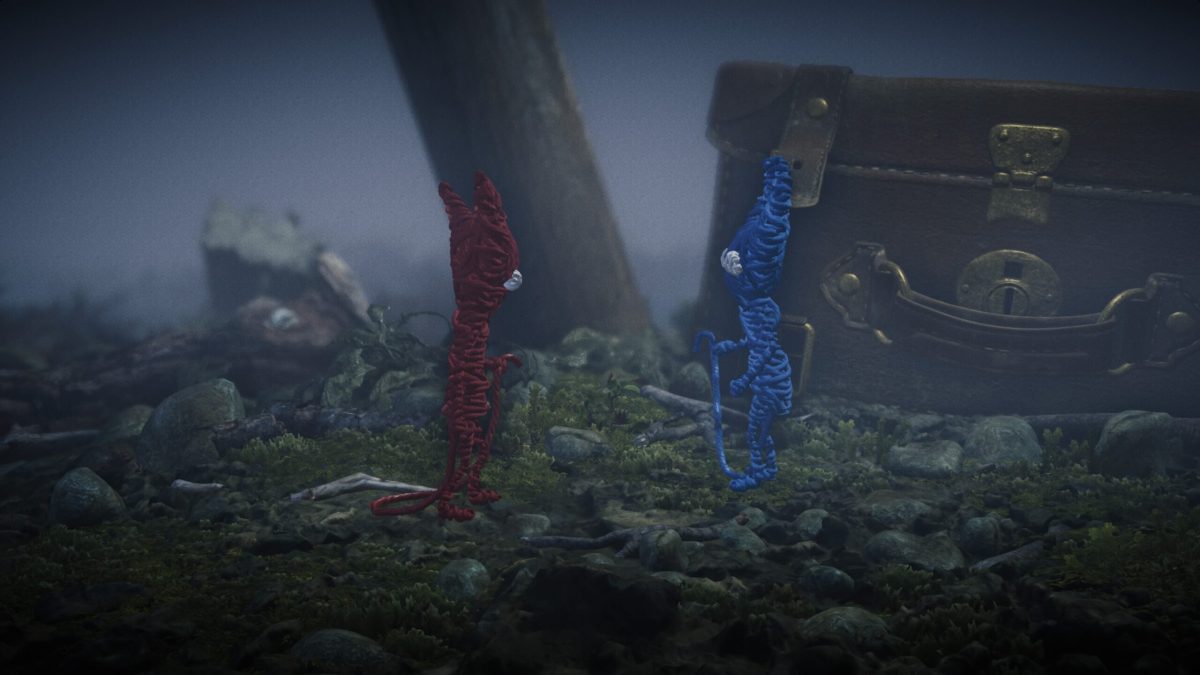




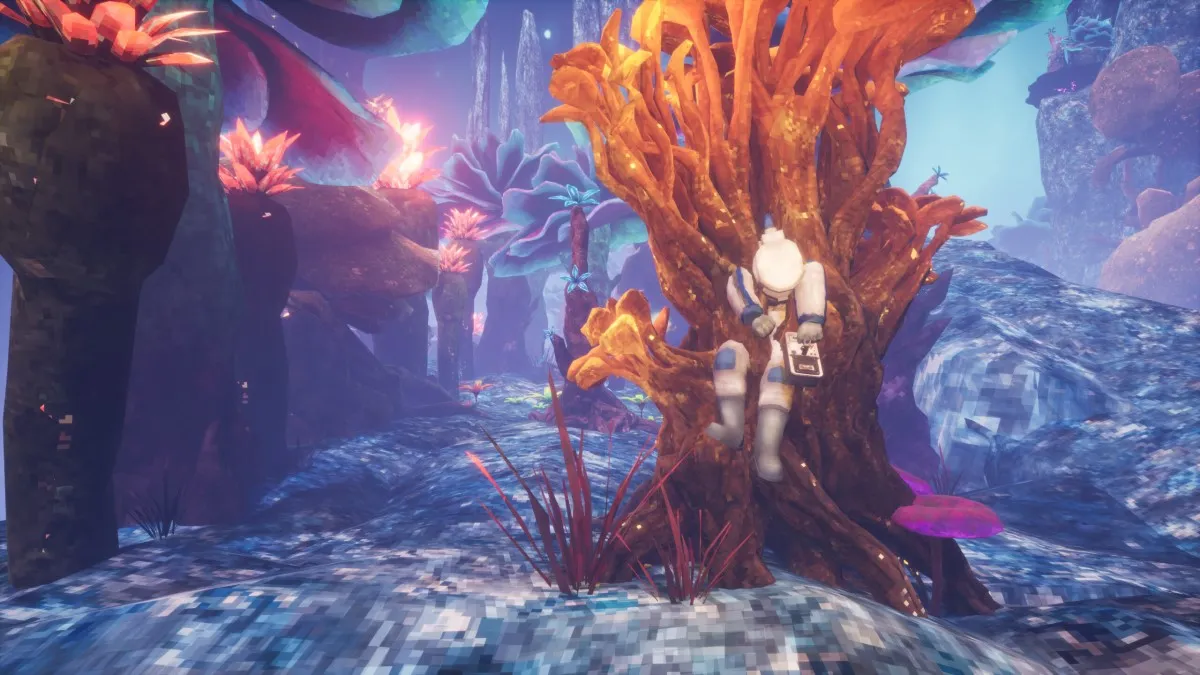
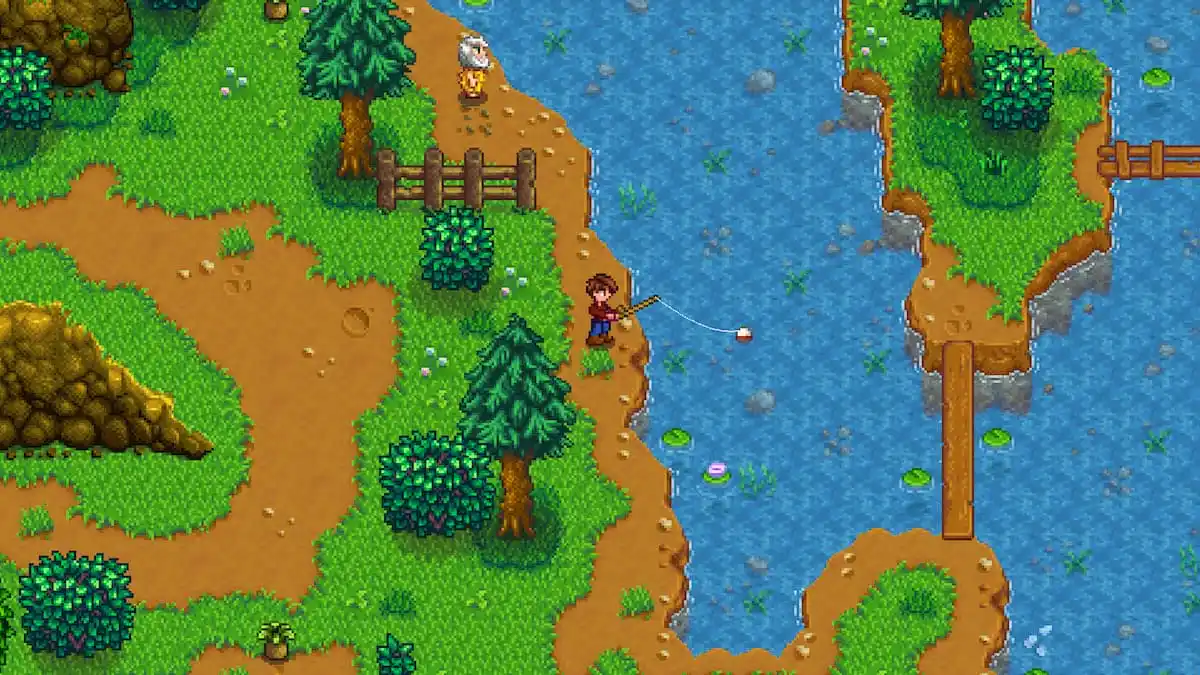
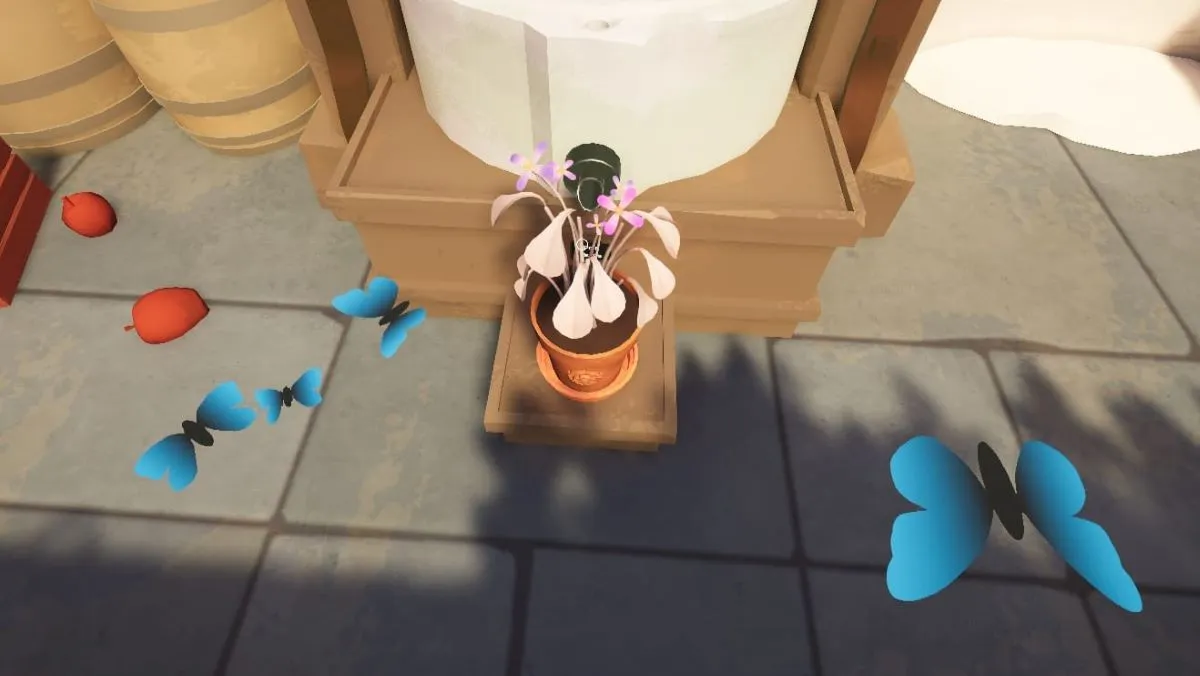
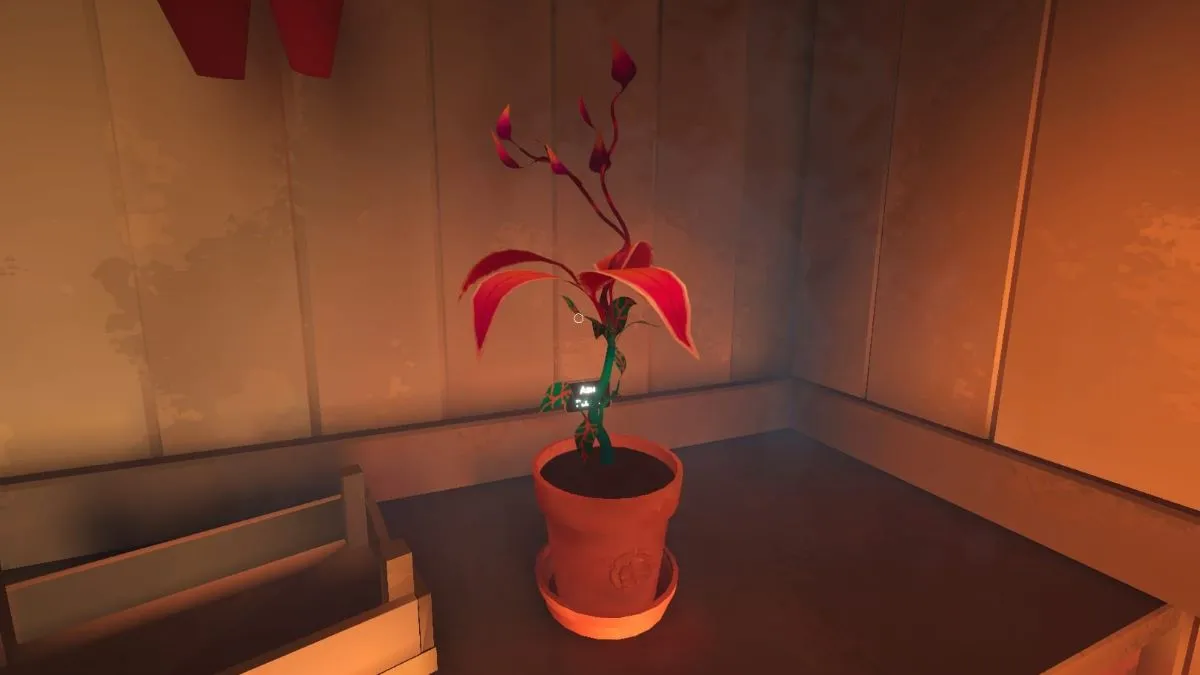



Published: Jun 14, 2018 12:30 AM UTC